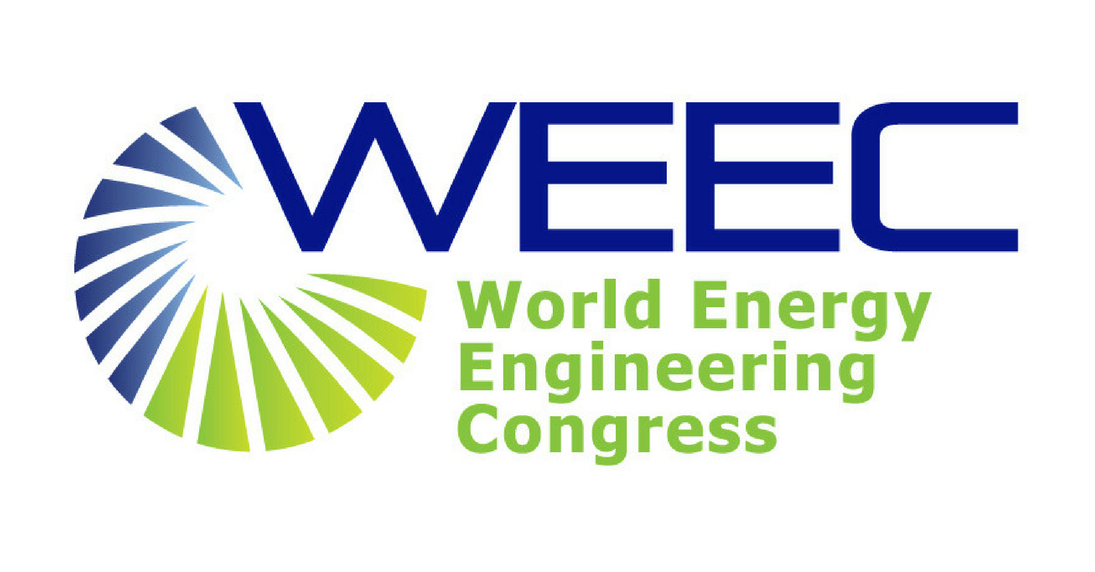In September I’ll present at the World Energy Engineering Congress in Atlanta. I’ll present on Engaging Employees to Maximize Savings: A Cool Approach as part of a session titled How to Stop Misbehaving to Save Energy and Money. The session title suggests that the priority is to stop bad behavior; here at Cool Choices, though, we focus on identifying, amplifying and multiplying good behavior.
It’s really about the frame.
People Are Not the Problem
I spent the first decades of my career in traditional energy efficiency programs. I was lucky to work with many brilliant technical people—engineers and building scientists who understood manufacturing processes and building operations and all the specific technologies that could increase efficiencies within those systems. My technical colleagues led businesses and individuals to multiple efficiency victories—lighting is one great example—but, at the same time, some savings were not realized. I still remember the first time I heard someone say “We would have seen the projected savings if it weren’t for the people living in those homes—they screwed it up.”
This is the misbehaving frame: the notion that technologies deliver except when human beings get in the way. And while a lot has changed in the decades I’ve spent in this industry, the “people are a problem” perspective persists. Recently a colleague told me that he’s not worried about behavior because the next generation of building controls will ensure that people can’t mess up the savings. I reminded him that plug load is 55% of energy usage in some high performance buildings, suggesting that people and their actions remain important, even if there’s limited access to the air handling units.
A Combination of Technology and Behavior
In Atlanta I’ll offer a different perspective: I’ll argue that substantial savings are more likely when people are involved. I’ll share data about how manufacturing facilities see higher energy savings when all employees are involved in sustainability efforts, about how plug load dominates the usage in commercial buildings and requires an ‘all hands on deck’ approach.
Perhaps most important, though, I’ll assure the energy engineers that it really is possible to engage people in saving energy, that instead of seeing people as the problem they can see people as a part of the solution. And then I’ll offer very specific strategies—backed up with research—for making change happen at the individual, team, and facility level.
Achieving aggressive sustainability goals—whether cutting annual energy usage, eliminating landfill waste, or reducing carbon emissions—requires a combination of smart technologies and smart behaviors. Together—the engineers and we behavior folk—can meet the challenges ahead of us. And I’m looking forward to the discussions that get us there!
Comments are closed.





